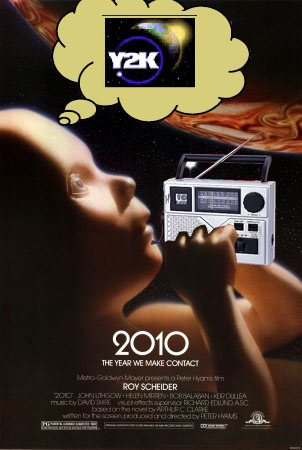It’s difficult for me to write about the Internet radio phenomenon without disclosing my personal investment in the subject. I listen to the Pandora radio service most every day that I work at my computer. Pandora has saved classical music radio for me, and, I’ll bet, for tens of thousands of others.
I love classic music and all its historical eras. First it was the music of God, then of the Enlightenment, then of romantic nationalism, then of workers’ revolutions, and the complex multitude of twentieth century identities. But my local “classical” FM station here in San Francisco, KDFC-FM, stripped all of that out of the genre, save Vivaldi concertos in the morning and Tchaikovsky waltzes in the afternoon. The signal’s motto says it all: Everybody Remain Calm. As if the purpose of classical music was ever to calm you down, or keep you company in an elevator.
I don’t want to single KDFC out. Tell me of a big signal, commercial classical FM radio station in the United States that plays late Beethoven string quartets or a Bartok piano concerto at 2 pm in the afternoon. If you can, I’ll write a blog post singing your praises.
Pandora, which began operations in the summer of 2005, changed all that. It taps into a huge digital music library called the Music Genome Project. Pandora’s online listening program doesn’t allow you to pick and choose which specific songs you’d like to hear, but it permits you to create performer, composer, or genre channels that semi-randomly expose you to the compositions and performances you crave.
So, for example, I’ve got a Pandora channel called “Moritz Moszkowski,” named after the largely forgotten late-19th century virtuoso pianist. I can’t pick Moszkowski pieces at will, or press a rewind button to hear the tune again. But Pandora gives me something better than that. Its database searches for Moszkowski’s historical colleagues and plays me them as well: Paderewski, Saint-Saens, Brahms, Grieg, Chaminade, Faure, and others. The channel also gives me the option of adding other composers to the mix.
The result is something much more sophisticated than file sharing or downloading. I can’t quite bring myself to call it “radio” in the mid-20th century sense of the term, because there are no deejays (although Pandora says it’s working on that). But Pandora certainly is radio in the sense that it offers you more than just a mirror of your own musical preferences. It educates and surprises and moves you, and that’s what real radio is supposed to do.
Pandora has gone through a variety of hot-and-cold moments since its auspicious start. Its founder Tim Westergren told Bloomberg in May that the company would soon be profitable. Then he warned The Washington Post that the operation might “pull the plug” if it didn’t get friendlier performance royalty rates. But SoundExchange, the non-profit in charge of implementing copyright fees for streaming radio, eventually came through with a compromise that Pandora could live with (we’ve got the history of all that here).
There are a host of streaming services, of course, including play.it, live365.com, deezer.com, slacker, stitcher, grooveshark, last.fm, accuradio, and its affiliate, futureperfectradio. Some, like grooveshark, give you exactly what you search for. Others, like last.fm, offer a more visually elaborate version of Pandora (with perks like free music downloads!).
But the public has made it abundantly clear that it’s the Pandora model that they favor. The Ando Media research groups’ latest stats clearly show this. Last.fm’s owner, CBS radio, is the top audience getter, with 175,261 “active audience sessions” in September. That’s probably because CBS also owns LaunchCast and Aol.Radio. Then comes Pandora Corporate, with over 150,000.
The lesson is obvious. Music lovers want more than a juke box—a dispensary of their own knowledge and tastes. They want what commercial radio used to provide—a corridor to new, beautiful, and unexpected sounds. That’s why this is the Age of Pandora.



